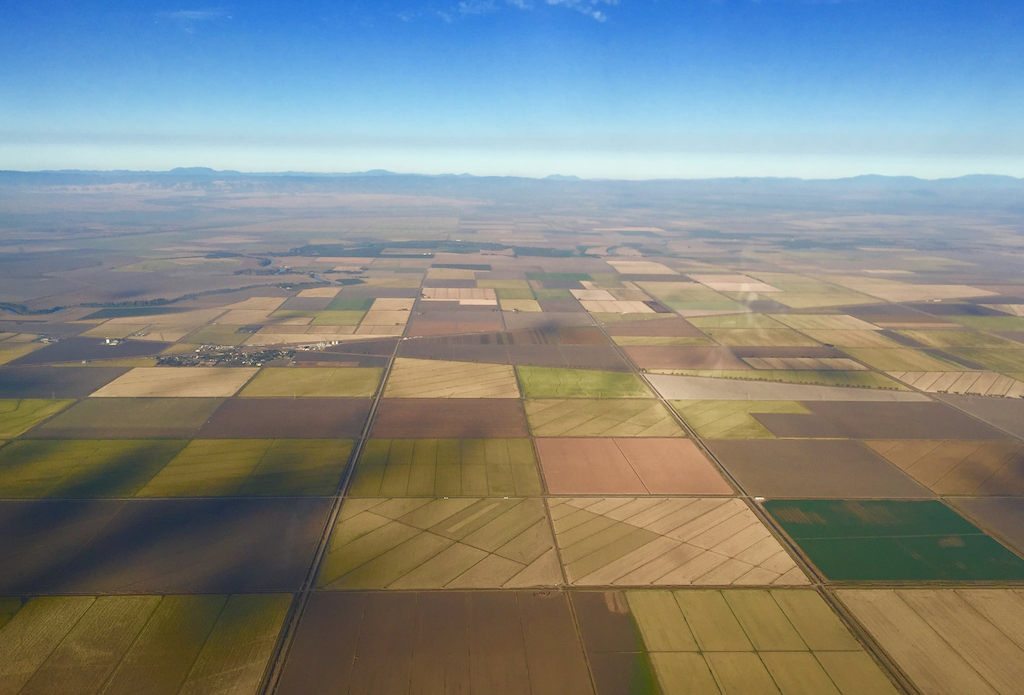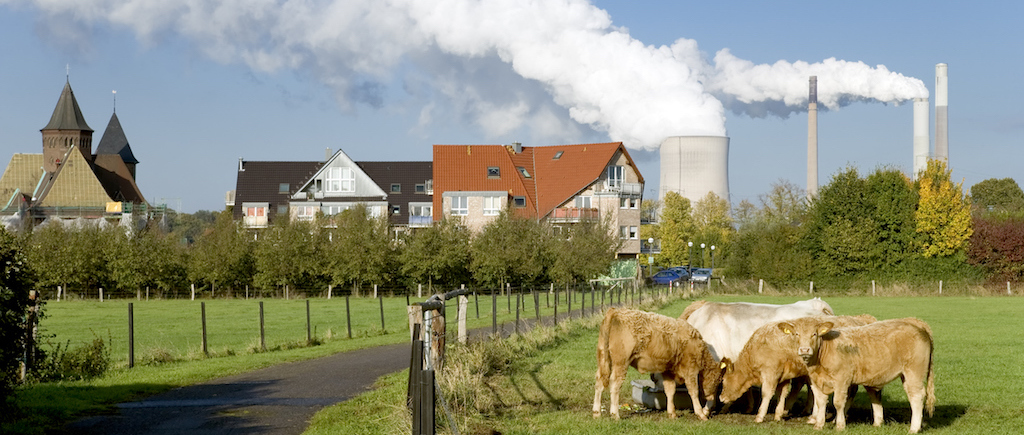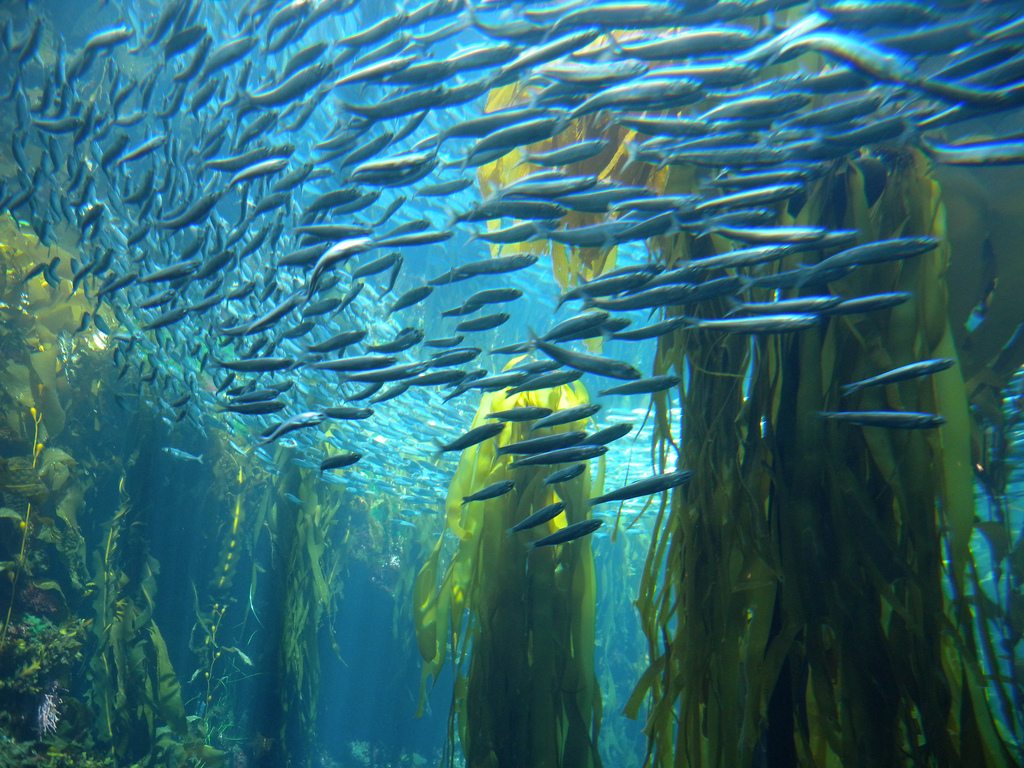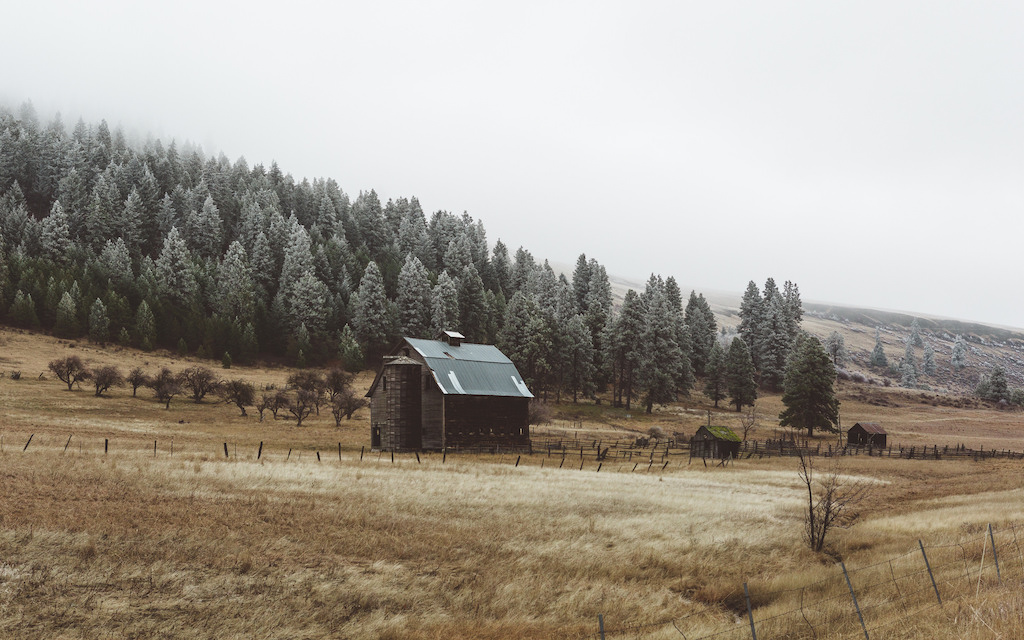It’s a picturesque vegan café in Manhattan: upper-middle class customers sit on tiny blue chairs, munching on gluten-free cookies and vegan macaroni and cheese. It’s likely that many vegans frequenting this café dutifully assume their dietary habits are not only sound for the body, but also better for the planet than the omnivorous American diet. Their position is supported by the December 2016 edition of the Journal of the Academy of Nutrition and Dietetics, which states: “…vegan diets are healthful, nutritionally adequate, and…are more environmentally sustainable than diets rich in animal products….”
But another recent report related to the vegan diet may give these consumers reason to pause: A study relating the vegan diet—among others—to sustainable land use was published in July by a group of researchers in the open-access science journal Elementa, a nonprofit initiative that supports the publication of collaborative, peer-reviewed research.
One of the foremost conclusions of the study, led by Christian J. Peters, who teaches agricultural science and policy at Tufts University, is that the vegan diet may not make as efficient use of land as other diets. At first glance, that conclusion challenges the somewhat common idea that mass conversion to plant-based diets will both make us all healthier and also help feed 2 billion more people by 2050.
So: bad news for plant-based proponents? Not quite. If you look a little deeper than the headline, this is worth noting about the study’s conclusion: it refers only to “carrying capacity,” which I’ll explain below. It does not refer exclusively to “environmental sustainability.” It’s easy to conflate the two: Quartz originally titled an article regarding the study “Being vegan isn’t as environmentally friendly as you think” before it realized the error and changed the title.
Of course, many people choose vegan diets for more nuanced reasons than the somewhat nebulous possibility of “environmental sustainability.” Some object to the treatment of factory farmed animals, and many simply believe a vegan diet is healthier in the long run. But it’s worth examining the sustainability angle, since the idea that the vegan diet is inherently better for the planet is pervasive enough to keep many a Manhattan vegan café in business.
Michael Hamm, C.S. Mott professor of sustainable agriculture at Michigan State University, who co-authored a study with Peters some years ago, breaks down the differences between “carrying capacity” and “environmental sustainability.” Carrying capacity takes into account current agricultural practices and asks “How much land is there [in the U.S] capable of growing these different things, and what does that mean for how many people the country could feed, if everybody was eating this diet?” The goal of carrying capacity is to maximize land use. Period.
Unlike carrying capacity, environmental sustainability focuses more broadly on how the production of crops for different diets contributes to harmful conditions like soil erosion or the emission of greenhouse gases, which do not factor into the study. Terrific. First myth dispelled. The study’s conclusions are not about environmental sustainability.
But don’t throw out the baby with the bathwater. Even though this study may challenge vegans who champion sustainability as the underlying reason to go exclusively plant-based, it doesn’t mean we should all go paleo instead.
The study is based on ten diet scenarios, one of which is a baseline diet matched with typical American consumption habits, and another is a controlled diet containing reduced fats and sugars. The remaining eight “Healthy Diet” scenarios are based on recommendations from the U.S. Dietary Guidelines. These include five omnivore diets with varying levels of meat consumption (20 percent, 40 percent, 60 percent, etc.), an ovo-lacto vegetarian diet (one that includes egg and dairy consumption), a lacto-vegetarian diet, and a vegan diet.
Not surprisingly, the diet scenario based on typical American consumption utterly fails when it comes to food security, being only able to feed 402 million people. The vegan diet is fairly impressive by comparison, supporting a whopping 735 million people.
On the other hand, if the goal is to determine which diets match the highest carrying capacity, then no, vegan diets do not come out on top. Four of the other diet scenarios, including the lacto-vegetarian—which has the highest carrying capacity at 807 million people fed—and the diets with 20 percent and 40 percent meat consumption all maintain a higher carrying capacity than the vegan diet. But why is that?
Well, we can’t interpret these findings as though there is only one type of homogenous farmland in the United States. In fact, there are three different types of productive agricultural land in the U.S.: cultivated cropland, perennial cropland, and grazing land. Grazing land, Hamm says, is land meant for ruminants—cows, buffalo, goats and sheep. It’s unsuitable for crops. Perennial cropland—which contains crops that die each year and grow back from their own roots—includes grasses and legumes. Cultivated cropland can consist either of crops that must be replanted each year, such as wheat and soybeans, or a perennial crop such as asparagus that is being cultivated by farmers.
Simply put: not all diets can make optimal use of all of the above types of farmland. “When you’re looking at something like a vegan diet, [grazing] land cannot be considered as part of the carrying capacity of the land…because you can use that land to raise only ruminants,” says Hamm. The vegan diet also doesn’t rely primarily on perennial cropland, unlike the other diet scenarios, because the crops that grow in the “perennial” category, like hay, are often used to feed animals, and so that land doesn’t serve the vegan diet. As a result, the vegan diet wastes land that could otherwise be used to feed people.
When we talk about land waste, though, we’re on a bit of a slippery slope. Even though the study doesn’t consider environmental sustainability in its findings, we can’t really think about carrying capacity without also considering other sustainability measures—namely erosion and greenhouse gas emissions, as mentioned above—because those very measures have profound effects on carrying capacity over time.
Nevertheless, the point about grazing land is a relevant one. There is plenty of land in the U.S. that can grow grass and not much else. It’s not a huge leap to classify that as usable land only to the extent that it supports meat production. But the diet of ruminants (their preferences have to be figured in too) is not restricted to grass alone. Ruminants in the U.S. are fed grain—tons and tons of it. Our food system is an industrialized one, one that doesn’t just start with data on raw land availability and then calculate potential use in the abstract. There are many additional historical conditions to be factored in, such as the effects of factory farming on U.S. agriculture.
Truth is, our biggest agricultural export is animal feed. We don’t grow food based on the “feeding the 9 billion” type of “what-if” scenario the Elementa study is based on. It’s hard to predict whether or not a shift to more vegetable farming would feed more people because doing so requires imagining a food system that looks nothing like the one we’ve actually got.
Regardless, if the vegan diet is less efficient at maximizing land than some other diets, does this mean that the case for a plant-based diet doesn’t stand? Hardly. The likelihood of everyone in the U.S. converting to a vegan diet is slim to begin with, but even then, the vegan diet is certainly better than a diet heavy in meat consumption. “[The study] says, there’s room for vegans, there’s room for lacto-ovo vegetarians, and there’s room for 20 percent, or even 40 percent of the meat that we currently consume being in our diets, and we can still feed a lot of people,” says Hamm.
Hamm has no doubts about the validity of the study. “I think that the data is defensible.… It’s a sound thread of research that [Peters] has done over seven or eight years,” he says.
Jennifer Blesh, assistant professor at the School of Natural Resources and Environment at the University of Michigan and an expert in soil and crop sciences, also supports the findings, but she raises alternative options as well. Blesh says: “It’s not true that a vegan diet doesn’t include any perennial crops. They eat nuts or fruits … if everyone in the U.S. was vegan, then consumption of those things would go up, and you could potentially convert some of what they have in [the study’s] model as unused perennial cropland” into something like an orchard, thereby increasing carrying capacity under a vegan diet.
Ultimately, the study’s fundamental recommendation comes out in support of plant-based diets, stating: “dietary change towards plant-based diets has significant potential to…increase the carrying capacity of U.S. agricultural resources.” And the data support that conclusion.
Hamm explains: once you reach an omnivorous diet that exceeds a certain level of meat consumption, carrying capacity in general is diminished. This is because cultivated cropland, which could be used to feed people directly, is used to nourish animals instead. This study has widespread implications not only for feeding U.S consumers, but also for exporting food to countries that are more densely populated and have less agriculturally productive land.
Perhaps those wishing veganism a slow death on the basis of environmental sustainability alone should look elsewhere if they’re seeking to bolster their position. If anything, the Elementa study comes out strongly in favor of mostly plant-based diets as the course for sustainable land use. But as is true in any argument about diets, or land, or conservation, the picture is just a little more complicated than it was before.











